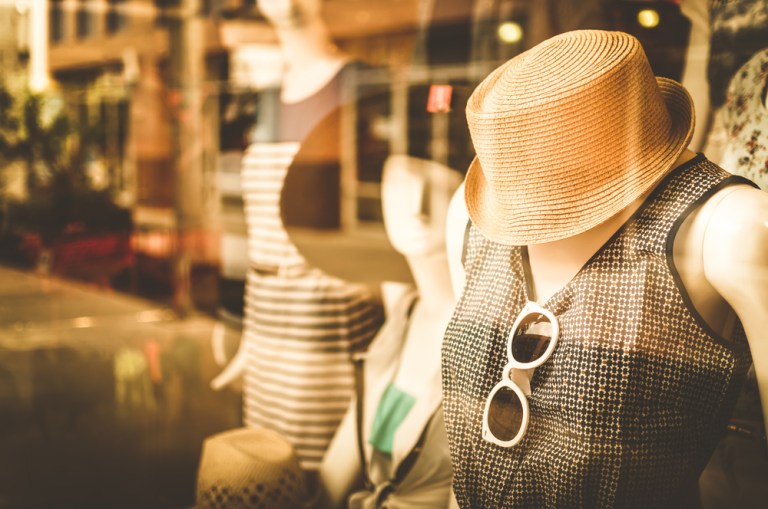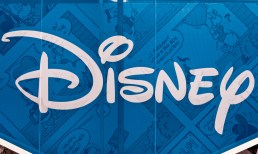Personalized eCommerce has reportedly been good for the Diane von Furstenberg (DVF) brand — it is now bringing in 11 percent of the firm’s revenue, according to a recent release. That was paired with the news that 50 percent of web traffic to DVF comes via mobile — but not all of those eyeballs were translating into mobile revenue. Consumers were looking, not buying — though DVF found that things like basket reminders have helped boost sales. User specific offers also had some traction, pushing a 20 percent conversion rate, according to reports.
DVF’s new personalization efforts are undergirded by Qubit Aura — a technology solution the brand began testing last year to help customers browse a personalized selection of products. Qubit allows the site to show specific products to specific users, depending on behavior.
Diane von Furstenberg is one of many brands currently negotiating a big transformation in the way affluent customers shop for luxury goods.
Luxury brands have preferred to develop their stores than invest heavily in moving into digital channels — but counting on a stores-alone strategy is changing as consumers are moving to digital channels across the board. Luxury used to be an exception, but it is becoming less of one with each passing year. As of 2016, 92 percent of luxury sales took place in a store, but by 2025, analysts at Bain & Company believe that number will have slipped to about 75 percent. Still a healthy majority, but with 25 percent of luxury sales going digital, it is not a channel major luxury players can afford to avoid. Much of that change will be driven by increasingly affluent and spending enthused millennials, who will make up 40 percent of the global luxury goods market by 2025.
On top of the mobile switchover, DVF must also pay attention to the market, where wholesale channels are diminishing in favor of direct-to-consumer plays driven by savvy social media marketing. More than half of DVF’s revenue came care of its own stores last year — the rest came from wholesale.




